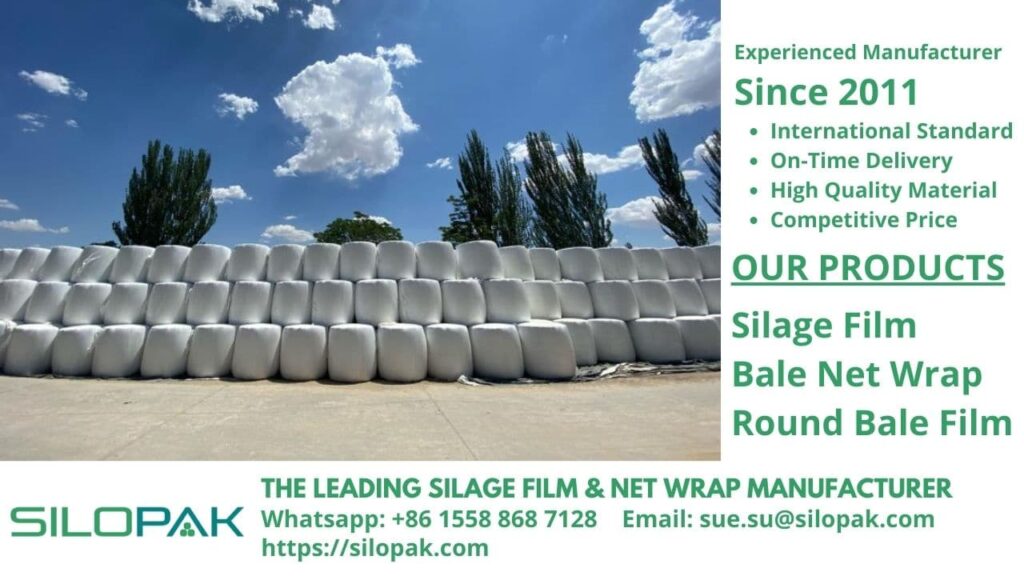
Narrow land is often an obstacle when farmers look for feed. No fresh feed materials can rely on every day. But at one time, fresh fodder is abundant. Unfortunately, these breeders cannot save the rest of the fresh feed to be preserved and increase its nutritional value. Summer is also a challenge that takes energy, money, and thought for the breeders. The fresh feed available is just wishful thinking. Like it or not, farmers have to find how to make corn silage to help them get a feed that can be relied on for its nutritional value and freshness.
There are so many methods of making corn silage that you can imitate from various sources such as the internet and books, and ask directly the breeders who have succeeded in making this special feed. You only need to stick to one method that is most suitable for your style of raising and according to the nutritional needs of each livestock.
Know the Purpose of Making Corn Silage
You often store groceries for winter use, right? You actively shop at the supermarket for necessities like vegetables, fruits, spices, meat, eggs, sausages, and chicken pieces, which you then store in the refrigerator. During extreme winter conditions, leaving the house can be challenging because snow often heavily blankets the roads, sometimes forming steep drifts.
Moreover, the heavy snowfall might disorient you, making it difficult to navigate your truck on the unfriendly roads. However, having a stock of food ingredients at home allows you to comfortably prepare dishes during the harsh winter. For instance, you can make a delicious chicken soup seasoned with ginger and broccoli, and enjoy it with herbal tea while watching the snowfall through the window.
Similarly, in summer, you prepare to feed your livestock. You retrieve the corn silage you prepared well before the extreme heat from your storage room. Then, you convert it into special, highly nutritious feed for your livestock. The practice of preserving feed in silage effectively saves fresh forages and enhances the nutritional value of corn plants. This method ensures your cows always have access to fresh food, even during challenging times like extreme summer or after a rainstorm that damages the surrounding cornfields.
If you’re new to this and unsure about making corn silage, it’s wise to buy a sample from a nearby farm. This sample allows you to learn about preservation and packaging firsthand. In the next chapter, you’ll get the chance to create your own corn silage using a method you choose, ensuring your livestock don’t miss out on essential nutrients during difficult conditions.
Stages of Making Corn Silage
There’s always a thrilling beginning, middle, and end for new corn silage makers. Each stage will show different silage conditions. And maybe you don’t always succeed on the first try. Either you will find silage shrinking before it’s time to harvest, or you use a poor dry matter (DM), so your final corn silage results are quite disappointing. At least there are some important points that you can follow so that the making of your first corn silage can be successful even though it is not too perfect.
- The right DM will get you to good corn silage. You will find dry corn plants with brown undersides that are often much wetter than their look. You can take a sample and put it in the microwave. You can also use a Koster tester to check how dry the corn plant is.
You can delay cutting the plant if it is too wet. Cut the plant at the same height as the harvester. Use 32% to 33% dry matter and finish the final load at about 38%. Always remember that plants with too much water contain not too high nutrients.
- Pack the plant in a thin and tight 6-inch layer. This can reduce the ability to expel larger air. The bacteria you also use desperately need an oxygen-free environment.
- If the environment is hot enough, so you need an inoculant with L. buchneri that can increase aerobic stability.
- Compact the packaging. Use about 15 pounds of DM per cubic foot.
- Use a 3:1 or 4:1 width to height ratio in your silage stack.
- Use two or more layers of film as the best oxygen barrier. We all know that all preserved forage hates oxygen. Get your high-quality silage film from Silopak. We provide you with the best products ever that have been sold around the world. The quality of our films is outstanding because they are made from selected premium quality resins that have been tested and used by our customers in the face of various harsh weather conditions.
